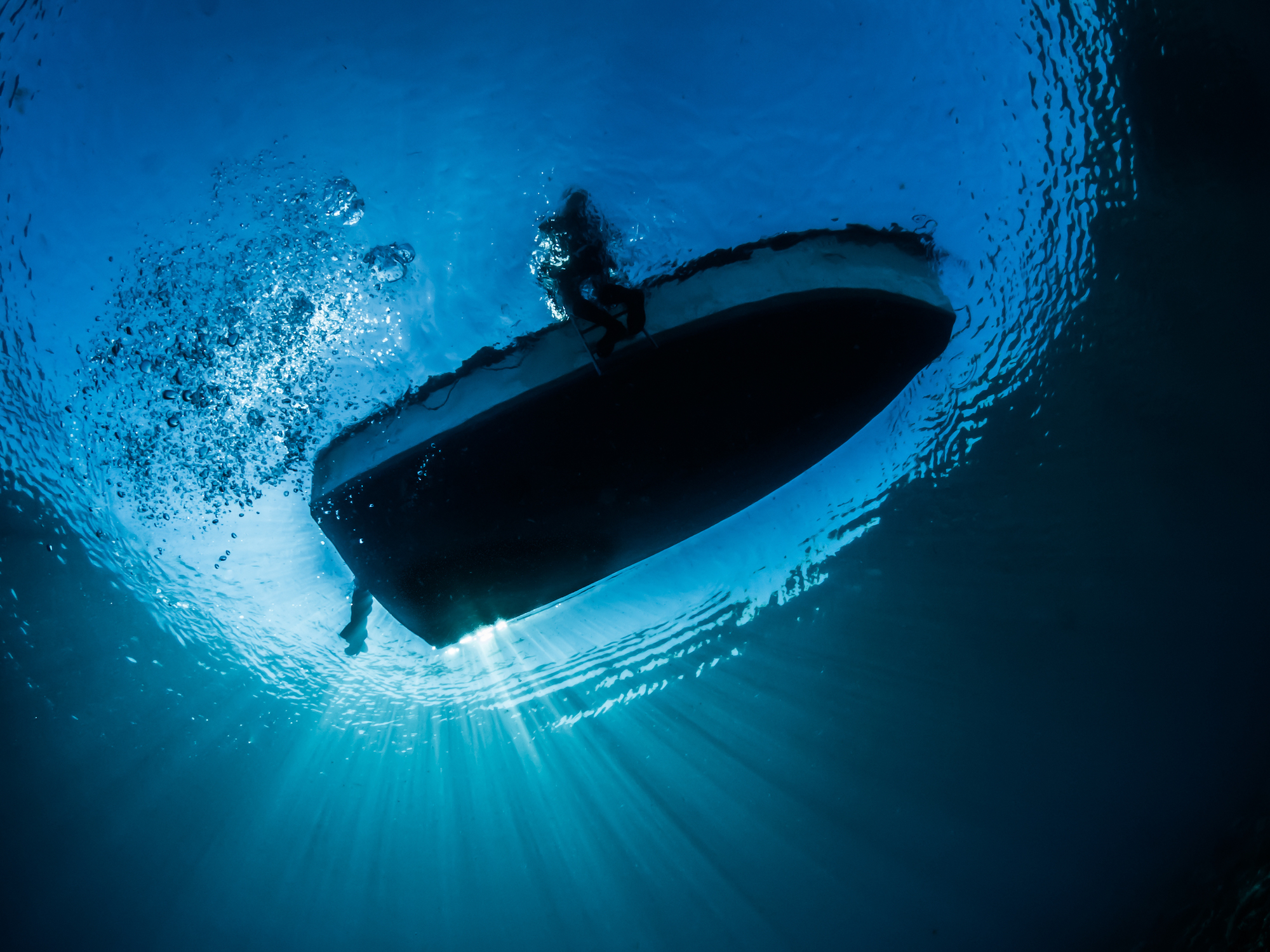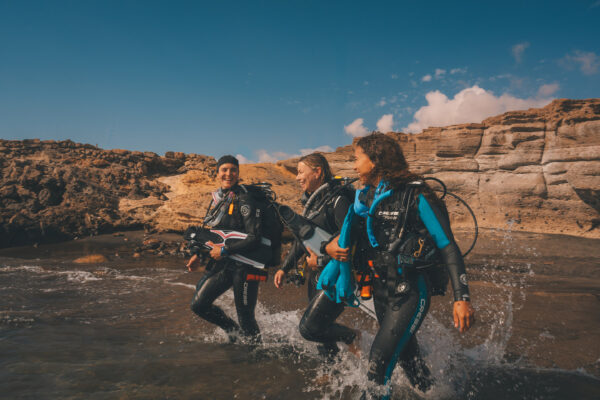Like diving, boats and boating have excellent safety records – every year thousands of people (including us divers) spend from hours to days on commercial and personal recreational boats, large and small passenger vessels, cruise ships and small watercraft, without serious incident. In fact, ostensibly at least, statistics suggest you’re safer on the boat than while driving to it.
But as with diving, boating has risks, including fire which can lead to the loss of life on board. Boat fires differ from many hazardous fires ashore at least four ways:
- Limited places to run. Away from shore, the only place to escape an out-of-control fire is overboard – maybe to a tender or lifeboat if available and deployable. Otherwise, you’re in the water, no matter how cold, rough, etc.
- They can spread fast. Boats typically have a lot of flammable material in a relatively small area, so fires can spread very rapidly – there have been incidents in which passengers were awake, aware and alert on deck, and were forced over the side so quickly they couldn’t even grab PFDs a few steps away.
- Toxic smoke in confined space. All smoke is toxic, but smoke from flammables like fuel, fiberglass, insulation, etc. is especially so, and can quickly overwhelm someone below deck. Afloat or ashore, it’s smoke rather than flame that causes most fatalities.
- They can be hidden. Depending on its trigger point, a boat fire can spread below deck or in a compartment and become impossible to control before it’s detected.
When we take proactive measures to reduce the likelihood of boat fire seriously, the risk of fire is generally low. So, when the crew briefs about fire safety (along with everything else), listen, learn and follow their instructions.
Authorities are still investigating the root causes of recent dive boat fire tragedies. In the meantime, because most boat fires start within the boat’s electrical system, there’s some speculation that battery charging may have caused these fires directly (a battery failed) or indirectly (system overloaded by too many devices at once). So for us divers, prudent fire safety especially includes charging and using personal devices, cameras, lights, scooters and anything else with a battery.
PADI® and the dive community recently released this boat fire safety advisory for divers. It summarizes basic fire safety, especially as it applies to the many battery-powered devices we use. Please take a moment to read it and please share the link with your diving/boating friends on social media. As I said, serious boat fire risk is statistically very small, and by following these precautions we keep it that way – so please take them seriously.
Dr. Drew Richardson
PADI President & CEO



